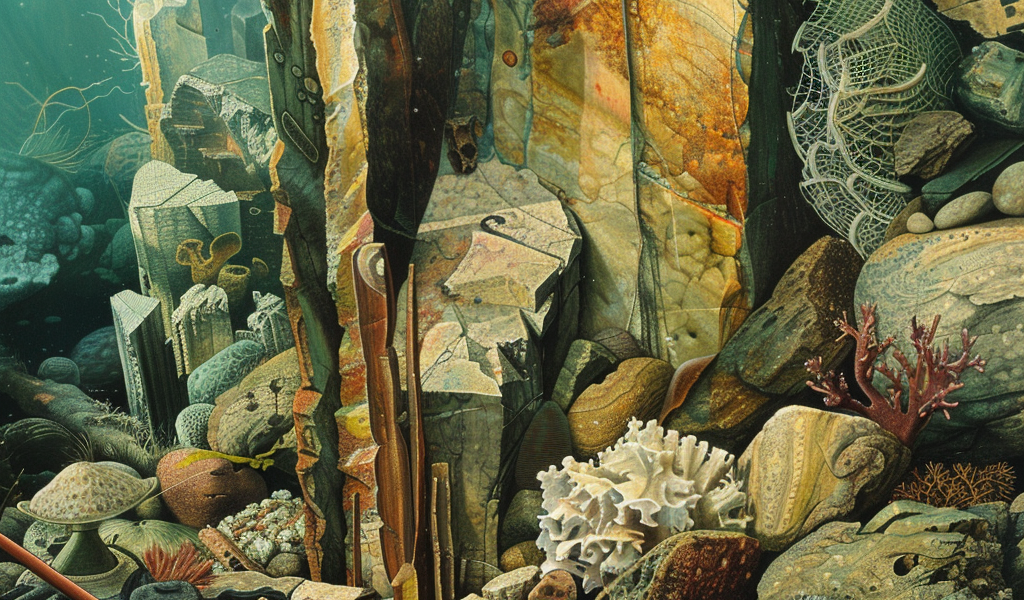The ancient geological history of Earth is a topic that continues to intrigue scientists and researchers alike. Recent studies conducted by experts at the Smithsonian’s National Museum of Natural History have unveiled significant findings regarding rocks that date back at least 2.5 billion years. These rocks, often referred to as ‘time capsule’ rocks, provide invaluable insights into the chemical history of the Earth’s mantle, the layer situated beneath the planet’s crust.
Through meticulous analysis, the researchers have challenged long-standing notions about the oxidation state of the Earth’s mantle. Their findings suggest that the oxidation state has remained surprisingly stable throughout geological time, contradicting previous theories that proposed major transitions in this aspect of the mantle’s composition. This breakthrough not only enhances our understanding of Earth’s early geological processes but also contributes to ongoing debates within the scientific community regarding the planet’s geological history.
Elizabeth Cottrell, who serves as the chair of the museum’s department of mineral sciences and is a co-author of the study, emphasized the significance of these findings. “This study tells us more about how this special place in which we live came to be the way it is, with its unique surface and interior that have allowed life and liquid water to exist,” she stated. Cottrell added that the research is part of humanity’s broader narrative, linking our origins to the formation and evolution of the Earth.
The study was published in the prestigious journal Nature, focusing on a unique group of rocks collected from the seafloor, specifically from the Gakkel Ridge near the North Pole. These rocks exhibit unusual geochemical properties, showing evidence of having melted extensively with very low levels of oxidation. This characteristic is particularly intriguing, as oxidation plays a crucial role in various geological and biological processes.
To analyze these ancient rocks, researchers employed advanced techniques, including thin section analysis, which allows geologists to identify and characterize the minerals present within the rock. This method reveals essential information about the rock’s mineral composition, texture, and history, including the conditions under which the rocks melted and any subsequent changes they may have undergone over billions of years.
The implications of this research extend beyond mere geological curiosity. Understanding the stability of the mantle’s oxidation state can provide crucial insights into the processes that have shaped Earth over billions of years, including the formation of the planet’s crust and the development of its atmosphere. These factors are integral to the conditions that have allowed life to thrive on Earth.
As scientists continue to explore the depths of our planet’s history through studies like these, we gain a clearer picture of the intricate processes that have contributed to the Earth we inhabit today. The findings from the Smithsonian’s research are a testament to the ongoing quest for knowledge about our planet’s past, offering valuable perspectives on how geological processes have influenced the evolution of life and the environment.
In summary, the recent analysis of 2.5 billion-year-old rocks has provided groundbreaking insights into the Earth’s mantle and its chemical history. By challenging previous theories about the oxidation state, this research enhances our understanding of the planet’s geological evolution and underscores the interconnectedness of Earth’s processes with the origins of life itself.





